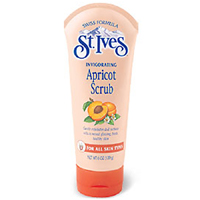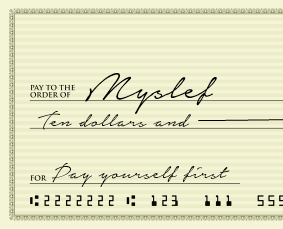Retailers play many pricing and math games with consumers to get them to spend more. One example is a Buy one Get one 50% instead of just 25% off. Today, I want to talk about a particular game they play. I have received several comments in the last week that have made me decide to address this issue.
You probably have noticed that retailers seldom list prices on single items in their sales circulars. You are more likely to find in a sales circular canned soup on sale 4/$5 than stated as $1.25 each can. Another popular way this happens is with 10/$10 items or 5/$5 items. Well, here’s what the retailer doesn’t want you to know: you don’t have to buy all ten items to get them for $1 each, unless otherwise noted in the sales circular or tag at the store. This last qualifier is very important because a retailer is required to let you know the full terms of their offers. Failing to mention that you must buy a certain number of items to enjoy a discounted price is considered false advertising. It is also a practice frowned upon by the Federal Trade Commission and the Bureau of Consumer Protection.
In conclusion, unless the shelf tag or sales circular states that you must buy a certain amount to take advantage of the sales price, you don’t have to buy the advertised quantity to get that price. This is a very confusing practice retailers engage in and one they seem to want to continue to perpetuate. I have noticed in coupon inserts in my area that a local grocery store would advertise “X item on sale 2/$5, use your $1/1 coupon and get 2/$4.” When really what it should say is “buy one for $2.50, use your $1/1 coupon and pay $1.50 for one”. If you had two coupons you would get 2/$3. But now YOU know that you don’t have to buy the advertised quantity and can still save money by buying just what you need. Have any other questions? Please leave me a comment and I will be happy to help.




